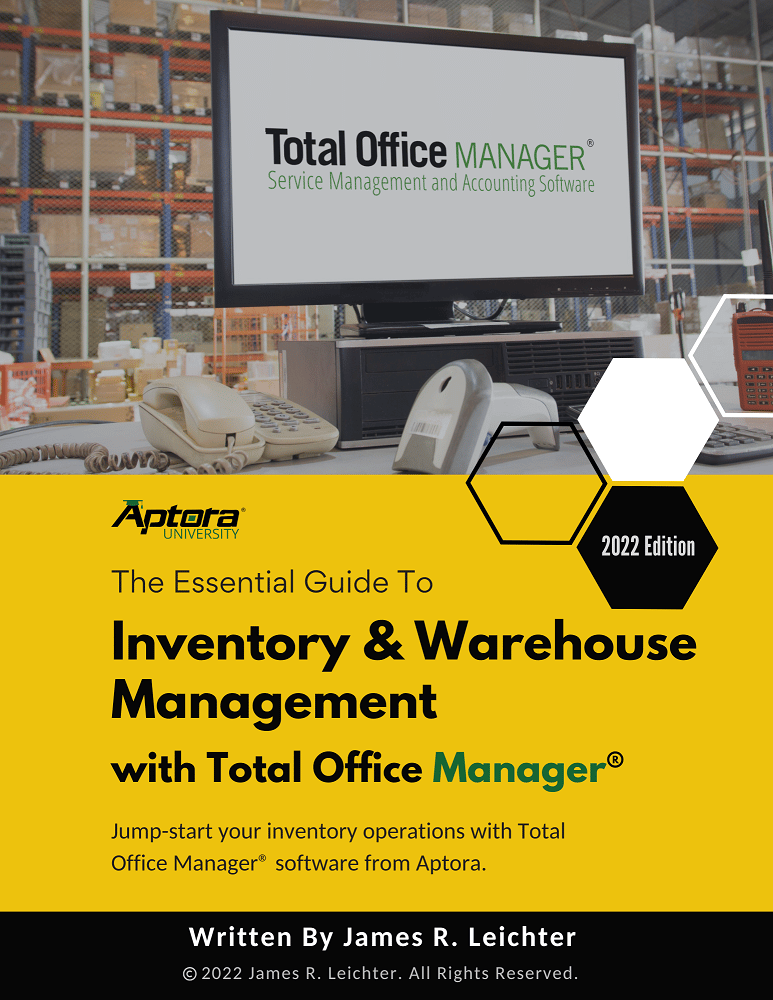
How to Write a Winning HVAC Business Plan (FREE Template)
In my 27 years navigating the trenches of this industry, from turning a wrench to consulting for hundreds of contractors, I’ve seen a clear dividing

Key Takeaways
Managing stock effectively can be a game-changer for any business, large or small. The way you handle incoming goods, track existing products, and forecast future needs impacts everything from cash flow to customer satisfaction.
By learning inventory management techniques, you can optimize each stage of the supply chain, eliminate costly inefficiencies, and maintain healthy profit margins. In this article, we’ll explore the fundamentals of inventory control and some proven methods you can implement right away.
Inventory management involves controlling how you order, store, and distribute the products your business needs. It’s more than just counting boxes in a warehouse. Smart inventory control ensures that you always have the right amount of stock to meet customer demand without tying up excessive capital.

Accurate demand forecasting is the bedrock of effective inventory management. When you can predict customer demand, you can purchase or produce goods in the correct quantities.
Safety Stock: Think of safety stock as a buffer against supply chain disruptions or sudden demand surges. If a key supplier experiences delays or you encounter an unexpected order spike, safety stock protects your customer relationships and prevents lost sales.

Not all items in your inventory are created equal. Some products generate the lion’s share of your revenue, while others move more slowly.
By categorizing products, you can tailor storage, handling, and reordering processes. For instance, Category A products might require close monitoring and frequent reviews, whereas Category C items may only need periodic checks.
Just-in-Time (JIT) is an inventory management technique aimed at reducing waste and enhancing efficiency by receiving goods only when they’re needed. This approach minimizes carrying costs but demands a reliable supply chain and accurate forecasting.
Lean Inventory: A broader methodology that includes JIT principles. Focuses on eliminating non-value-adding activities, from production to distribution, ensuring each part of the process runs at maximum efficiency.
Valuing inventory correctly helps you understand profit margins, set prices, and file accurate tax returns. Two popular methods are:
Your choice can affect net income and taxes, so consult a financial advisor or accountant for guidance.
Just-in-Time (JIT) vs. FIFO vs. LIFO
| Aspect | Just-in-Time (JIT) | First-In, First-Out (FIFO) | Last-In, First-Out (LIFO) |
| Definition | Inventory is ordered and received only when needed for production or sales. | Oldest inventory is sold or used first, ensuring stock rotation. | Newest inventory is sold or used first, keeping older stock in storage. |
| Pros ✅ | – Reduces storage costs – Minimizes waste – Increases efficiency | – Prevents stock obsolescence – Works well with perishable goods – Aligns with natural product flow | – Matches rising costs with revenue for tax advantages – Can reduce taxable income in inflationary periods |
| Cons ❌ | – High dependence on reliable suppliers – Risk of stockouts – Requires precise demand forecasting | – Higher holding costs – May not reflect current cost of goods sold in financials | – Can lead to outdated inventory – Not suitable for perishable goods |
| Best Use Cases | – Manufacturing environments with reliable suppliers – Businesses aiming for lean operations | – Grocery stores, pharmaceuticals, and industries dealing with perishable goods – Companies prioritizing inventory freshness | – Businesses in inflationary environments – Companies looking for tax benefits on cost of goods sold |
Manual inventory counts lead to errors and confusion. As your business grows, consider adopting software or tools that automate your tracking process. Barcode scanners, RFID tags, and cloud-based inventory platforms give you a real-time view of stock levels, forecast trends, and even automate reorder points.
The Small Business Administration (SBA.gov) offers comprehensive guides on choosing the right software tools to meet your inventory tracking needs.
Periodic inventory audits confirm that your records match the physical stock. Even the most sophisticated system can drift off course over time due to theft, spoilage, or miscounts.
During these audits, note any discrepancies and investigate root causes. By addressing issues quickly, you ensure your database remains accurate and reliable.
Running out of stock can be just as detrimental as overstocking. An effective reorder system balances lead times, demand fluctuations, and storage capacity. Many inventory management techniques, such as reorder point formulas or economic order quantity (EOQ), can fine-tune purchase orders.
Reorder Point Formula
Reorder Point = (Average Daily Usage x Lead Time) + Safety Stock
For example, if you sell 10 units daily, have a 7-day lead time, and hold 20 units of safety stock, you’d reorder when the on-hand quantity hits 90 units (10 x 7 + 20).
No system works if your team isn’t on board. Proper training ensures everyone understands data entry procedures, recognizes signs of errors, and knows how to handle unexpected changes in demand.
A culture of collaboration, where employees are encouraged and confident to identify inefficiencies or errors, leads to a more reliable and agile inventory environment. Read: How Better Employee Management Increases Profits

Even experienced business owners run into inventory challenges. Here are a few you might encounter and how to solve them:
Visit ASCM.org (Association for Supply Chain Management) for in-depth resources on refining inventory strategies and overcoming operational challenges.
Improving your inventory management can deliver immediate advantages: better profit margins, satisfied customers, and increased efficiency. To take it to the next level, consider using Aptora’s comprehensive inventory management software. Aptora combines ordering, real-time tracking, invoicing, and other essential functions into one easy-to-use platform. With automated alerts, powerful analytics, and smooth coordination across teams, you’ll be set up for sustainable growth and lasting success.
It depends on your business size and complexity. Some companies do a full physical count monthly or quarterly, while others use cycle counting—verifying a small subset of items every day or week. Choose a schedule that balances accuracy with efficiency.
They’re essentially the same concept: additional inventory kept on hand to cover uncertainties in demand or supply. Different industries might use varying terminology, but the purpose remains to prevent stockouts.
Absolutely. Automation reduces human error, enhances accuracy, and can be scaled to fit any budget. Even small businesses stand to gain by freeing up time previously spent on manual tracking and using real-time data for better decision-making.
Managing Credit Cards simply means you track any charges and credits applied to your merchant Credit Cards and verify this activity against your statements each month. Credit Card activity is track by entering each transaction into Total Office Manager as a Credit Card Charge or Credit Card Credit when the charge/credit occurs. Anytime someone uses the company […]
We highly recommend avoiding business management software that requires you to buy a completely separate software program for accounting and payroll. The accounting engine is the basis of all financial related reports. Full enterprise level accounting must be built into the software and not an add-on.
Key Takeaways Field service businesses—HVAC, plumbing, electrical, and similar trades—are the unsung heroes of modern comfort and functionality. But there’s more to growth than just fixing problems and taking payments. Building lasting relationships with customers is the key to sustainable success, sparing you the cost of constantly drumming up new leads. This guide breaks down […]

Subscribe to our newsletter
Happy New Year! Aptora is Closed Jan 1st. Hosted Customers Experiencing Connectivity Issues Can Call the After-Hours Support Line.


By submitting this form, I agree to receive marketing communication via phone call, email, or SMS from Aptora.

By submitting this form, I agree to receive marketing communication via phone call, email, or SMS from Aptora.